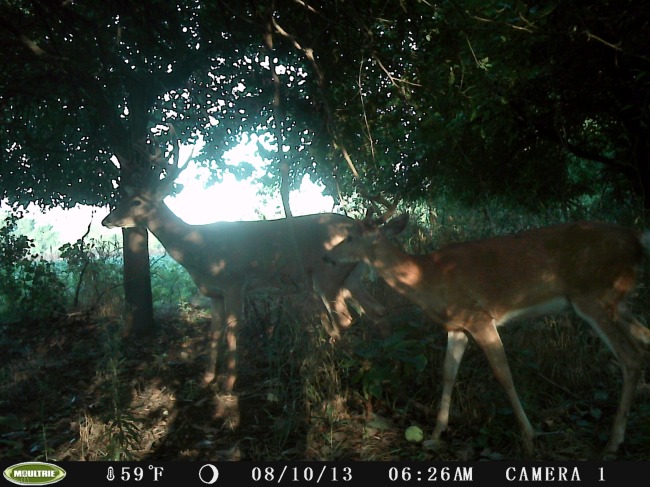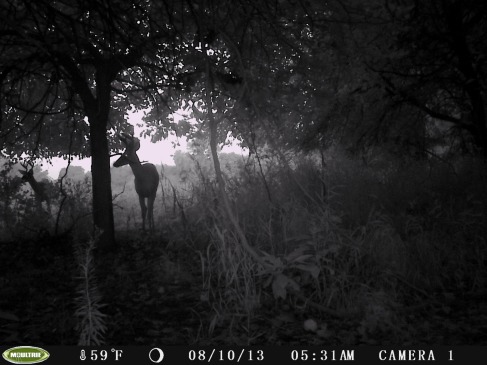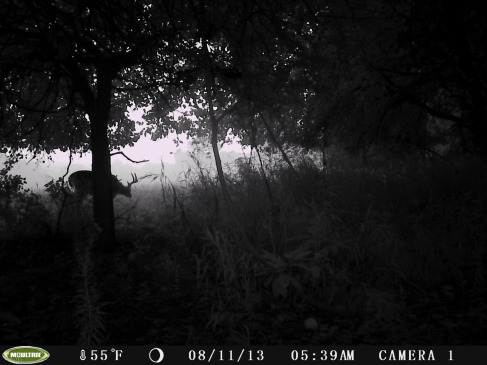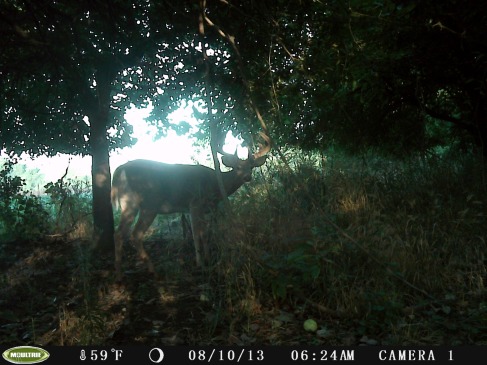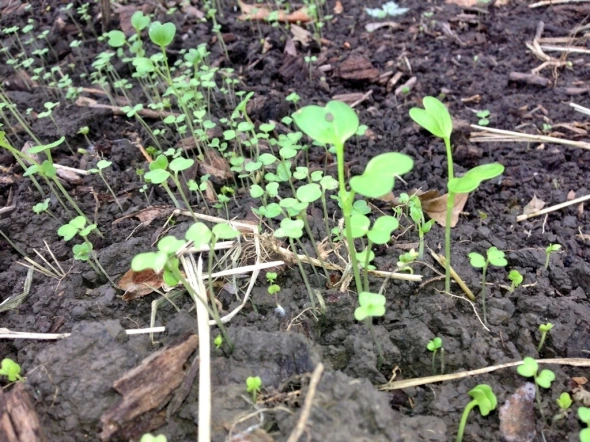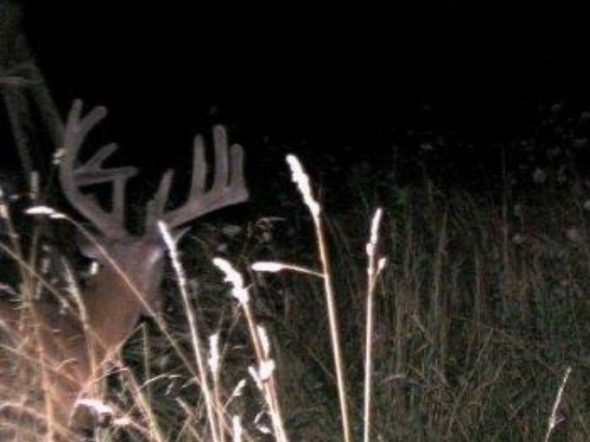It is October here in Missouri now and with that the rut is literally right around the corner. As most hunters would agree, the time period before the rut and during can be the best time to be in the woods. What a lot of hunters don’t fully realize is there is different phases to the rut. In this post I’ll be getting right to the point and providing the most important things you need to be aware of during each phase of the rut. Also, although I have shared my thoughts as of lately on rut predictions. I’ll provide you with projected dates that these events typically occur for whitetail hunters in Missouri.
Phase: PRE-RUT
Average Dates in MO: October 18 – November 2
Scouting Tactics: Scout food sources like Oak trees/acorns, fruit trees, cut corn, alphalpha and other mast which is likely to bring deer in. Look for rub lines and scrapes on the edges of these food sources. Some scrapes may still be fairly faint in the earlier parts of the pre-rut. But will be hit up more frequently as October progresses.
Best Communication Tactics:
Grunting: grunting is perhaps the best communication method at this time. Subtle soft grunts are the best way to contact bucks in this phase.
Decoy: As bucks have rising testosterone levels at this time they are starting to check feeding sites for the first hot doe. Buck decoys might get that testosterone churning in dominant bucks. Try a decoy on field edges for your best shot.
Rattling: Bachelor groups may start establishing dominance/heirarchy at this time through light sparring. Rattling during the pre-rut is more likely to attract subordinate bucks than the more mature bucks out of curiosity. But shouldn’t be relied on.
Important Things to Remember: During the pre-rut you may start to see the beginning signs of rutting activity as a small percent of does come into estrus around the pre-rut moon, but that typically drops off quickly. Start looking for rubs and scrapes, especially towards the end of the pre-rut. These signs are left by bucks to let the does know that he is nearby and will be ready to breed. In my opinion, active scrapes are the best place to hunt in the pre-rut. These are the social hangouts for bucks during the pre-rut.
Phase: SEEKING AND CHASING
Average Dates in MO: November 3-12
Scouting Tactics: Look for fresh rubs and rub lines. If you find a hot one, hunt it as soon as possible. Also a hot doe in the area is a great way to encounter a mature buck.
Best Communication Tactics:
Grunting: Tending grunts by bucks are the best call to use in this phase. It lets other bucks in the area know there’s a hot doe in the area that another buck is after. But be ready, it should spark some testosterone in a mature buck.
Decoy: Looking for hot does, bucks can respond well to doe decoys in feeding areas during this phase.
Rattling: As testosterone levels in bucks sky rocket, they’re more likely to pick a fight, and check out other sparing bucks to show their dominance. Rattling works best in areas with higher buck to doe ratios. In areas with low buck to doe ratios rattling should be used sparingly or not at all because bucks usually don’t need to fight other bucks to find hot does.
Important Things to Remember: Scrapes that were being checked frequently just a week or two ago are starting to be ignored. If you find a good solid rub line during the late pre-rut, hunt it as soon as possible. If you’re hunting an area that doesn’t get a lot of hunting pressure, you can feel free to grunt, snort-wheeze or doe bleat fairly aggressively. Be ready when you do, things can happen very fast in this phase of the rut.
During this phase, bucks will start checking the does’ scent and chase them aggressively, sometimes for hundreds of yards. Find the does at this time and you’re more likely to find the bucks. More mature bucks will avoid heavy traffic areas and travel in heavier cover and try to stay downwind of popular feeding areas, checking for those hot does. So wind should be an important factor when hitting the woods in this phase.
Phase: PEAK BREEDING
Average Dates in MO: November 13 – November 24
Scouting Tactics: Look for scrapes and rub lines and travel corridors between doe bedding areas; any sign of frequent deer travel. Get on stand and hunt all day during this phase, this should be the time of year you hunt the hardest.
Best Communication Tactics:
Rattling: During the actual rut most fighting is between dominant rivals of more equal stature and could scare off more subordinate bucks. Take the horns to the stand everyday. Rattle and wait 30 minutes to an hour, but be sure to make sure you know the wind. Because dominant bucks will circle downwind of most rattling they hear.
Grunting: Aggressive calling works well at this time, simultaneously with rattling can be a deadly combination.
Doe Bleat: Doe bleats work well at this time since bucks are aggressively looking for hot those does.
Estrous Doe Lures: Estrous scents can work well at this time if used properly. Try using a drag-rag and making a figure-8 trail around your stand, placing your stand or blind at the apex. Searching bucks may get wind of your trail and follow it right to your stand site. During the final day or two of the rut, try hunting thicker cover in or near a bucks core area. They’ll often return to these areas to recover after a very intense rut of chasing, seeking, and breeding.
Important Things to Remember: During peak breeding, bucks are looking to pair up with a hot doe and may be locked up with her during her 24-36 hour estrous cycle. During this time the woods may seem to be quiet. But don’t lose hope, this is still a great time to be in the stand all day long. That’s because big bucks will move at mid-day as they leave the doe they’ve just bred and seek out others coming into estrous.
Phase: POST RUT & SECONDARY RUT
Average Dates in MO: November 25-December 15
Scouting Tactics: During the post rut, hunt food sources hunt food sources HUNT FOOD SOURCES! Bucks are stocking up on those lost calories of the rut and trying to gain back body mass for the harsh winters. If you find a reliable food source, hunt it. Brassicas are the ultimate late season food source in my opinion. A lot of times some of the best trophy bucks can be taken in this phase.





